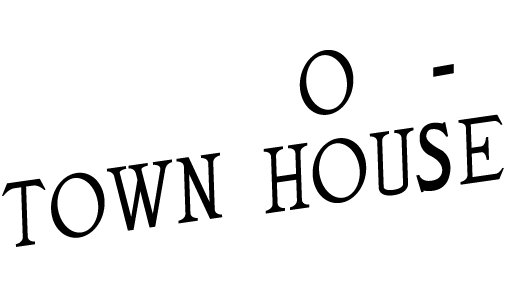Upcoming:
in collaboration with Efrain Lopez Gallery
SINGLE CHANNEL
February 18 - 23, 2025
Opening Reception: Monday, February 17th, 5-9 pm
FEATURING:
Felipe Romero Beltrán | Paul Stephen Benjamin
Cristine Brache | Jen DeNike | Max de Esteban
Kim Gordon | Anuar Maauad | Emeka Ogboh
Kim Gordon, 12341 Branford St. Sun Valley, 2022

